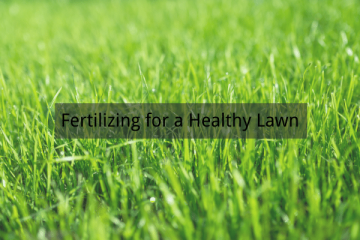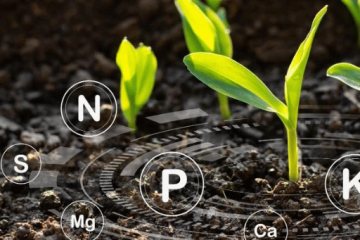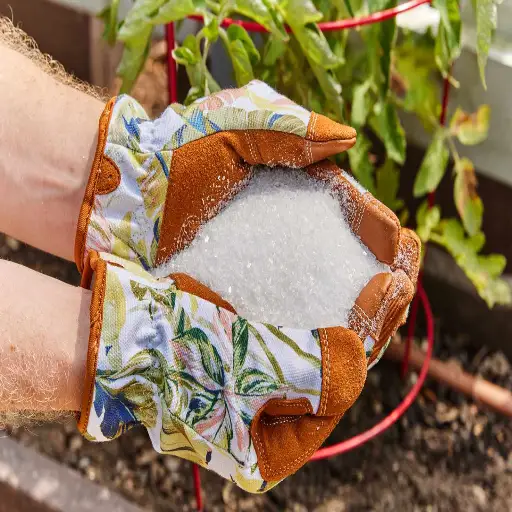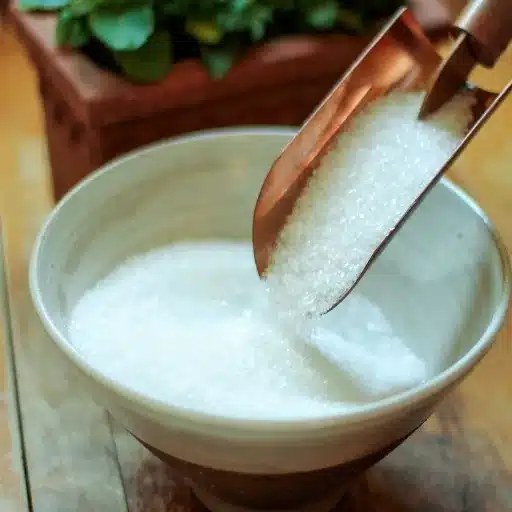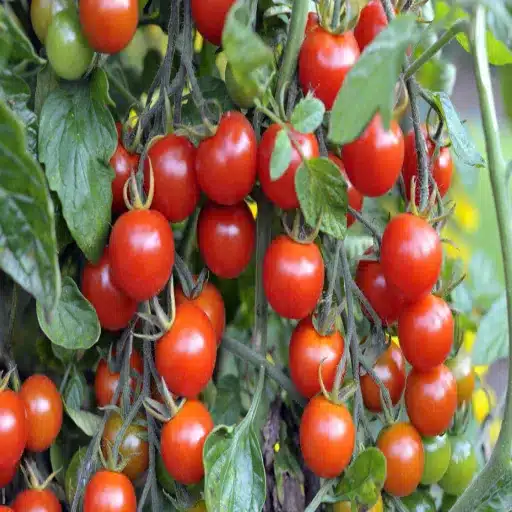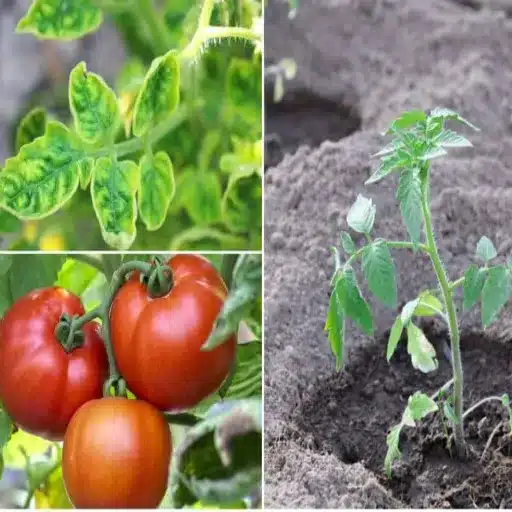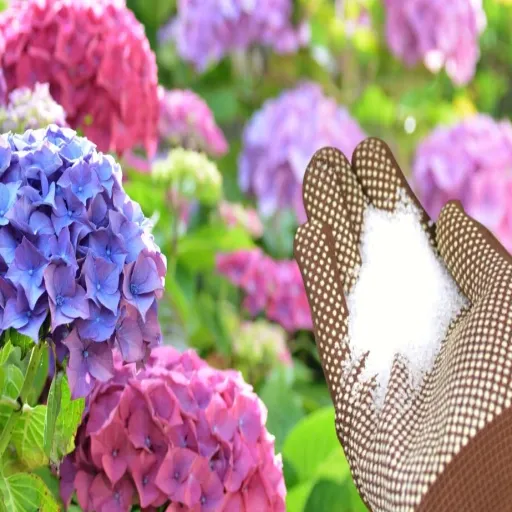Gardening enthusiasts and agricultural professionals alike are always on the lookout for innovative, natural solutions to enhance plant health and growth. Epsom salt, known for its magnesium sulfate content, has long been celebrated as a highly effective soil amendment for improving nutrient uptake and boosting plant vitality. Similarly, eucalyptus is reputed for its antifungal and pest-repellent properties, making it a powerful, natural companion in plant care. But what happens when these two elements are combined? Can the synergistic effect of Epsom salt and eucalyptus create a potent formula for supercharging your plants’ growth? This article will explore the science, potential benefits, and practical applications of this intriguing combination, providing a detailed evaluation to help you decide if it could benefit your gardening efforts.
Is it safe to use scented Epsom salt with eucalyptus on plants?
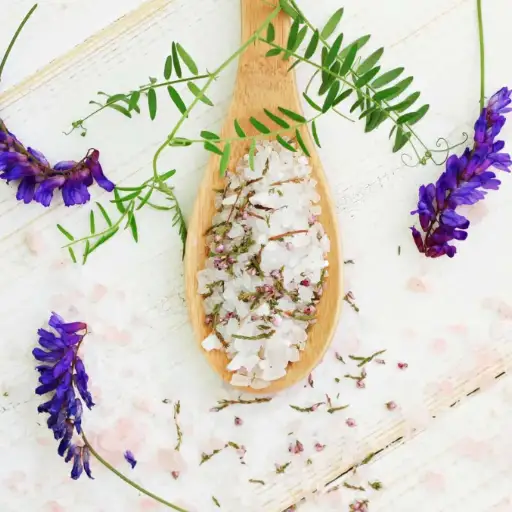
Are there risks of using scented Epsom salt on plants?
Indeed, there are numerous risks to take into account when applying essential Epsom salts to plants. The main threat emerges from the added fragrances or essential oils like eucalyptus that may endanger plant health. Epsom salt, or magnesium sulfate, is helpful on its own since it facilitates chlorophyll production and nutrient absorption. However, the chemical profile of synthetic fragrances or concentrated essential oils may be detrimental to fragile roots or change the soil pH.
- Chlorine Compounds: Make sure your scented product does not use any formulated chemicals to enhance fragrance which might harm the plants. Note if there are any compounds present that can hinder nutrient absorption.
- Essential Oil Concentration: Essential oils, especially eucalyptus oils, are sometimes used for their antibacterial or antimicrobial properties which can be helpful in certain cases but may destroy beneficial soil microbes essential for the growth of plants.
- pH Stability: Overuse may cause pH levels to shift. Ideally, the pH level of the soil should range between 5.5 to 7 for most plants, but some add-ons, especially ones sensitive to alkaline can be best affected, and may push the balance.
In case you decide to try scented Epsom salt, it is best to use small amounts and observe the behavior of the plant to check for any negative impacts.
How does eucalyptus scent affect plant growth?
There isn’t much scientific literature available on how eucalyptus scent affects plant growth, but the evidence that exists suggests that it has the potential to inhibit growth through a process called allelopathy. Eucalyptus leaves and essential oils consist of several compounds, like cineole and terpenoids, that are capable of inhibiting the growth and germination of certain plants. These compounds might obstruct nutrient absorption, seedling growth, or even microbial activity within the soil.
- Allelopathic Compounds: Eucalyptus essential oils are also capable of emitting 1,8-cineole and other allelopathic chemicals. Such compounds can unduly control and even suspend the germination of seeds through processes that affect cell division, therefore taking a toll on nature as a whole.
- Microbial Impact: These compounds can also upset the microbial balance of the soil by undermining bacteria and fungi that are helpful and crucial for nutrient cycling.
- Application: Care must be taken to expose sensitive seedlings or younger plants directly to eucalyptus-scented products. Such products come with their own shelf life and ultimates, therefore, such ratios come with careful testing that must be done and removing risks where possible.
For practical application, I’d advise conducting controlled trials in small areas and closely observing plant responses before broader use.
Can essential oils in scented Epsom salt harm your plants?
As with any chemical product, Epsom salt with essential oils is potentially harmful to plants, depending on the concentration and kind of oil used. Many essential oils have biologically active ingredients that potentially are phytotoxic when used in high concentrations. For instance, eucalyptus oil which has cineole can self inhibit the growth of the plant if abused.
- Dilution Guidelines: To reduce the chances of phytotoxic effects, essential oil concentrations are preferable below 0.01%.
- Application Conditions: Withholding from application to sensitive young worms, seedlings, or plants should be done as they are prone to damage more than older plants.
- Testing Recommendation: To prevent wider application, plants should be observed for short periods for a reaction and monitored for further reaction in a controlled place to see any changes.
These are some methods in which plant health is protected from adverse effects. Missing these guidelines means risking negative effects on plants’ health which can be avoided by adjusting concentrations and the application technique.
How to properly use Epsom salt for plants?
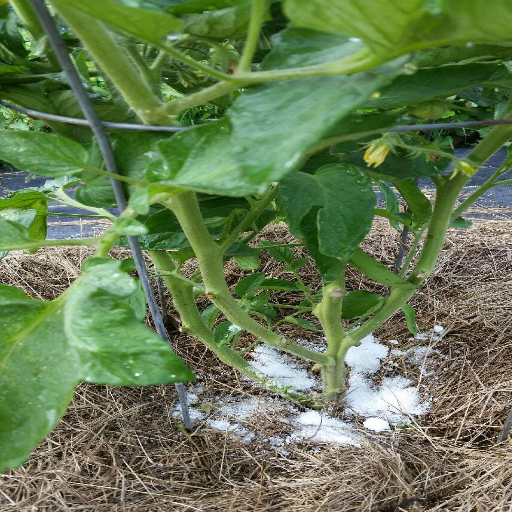
What’s the correct Epsom salt per gallon of water ratio?
For all-encompassing foliar feeding: Combine one tablespoon of Epsom salt with one gallon of water. This mixture allows for optimal magnesium and sulfate absorption via the leaves without inflicting harm.
- To amend soil: Utilize one to two tablespoons per gallon of water. This range covers most plant types and sufficiency in magnesium and most deficiency issues.
- Seed soaking: One and a half teaspoons to one gallon of water. This lower concentration caters to seed vitality without inflicting damage to delicate structures.
- For stressed plants: Use two tablespoons or four teaspoons per gallon of water once a month. This higher dosage needs to be applied with caution and only when yellowing leaves, a sign of magnesium deficiency, stems have emerged.
Never use the salt without dissolving it. Ensure the ratio does not create potential salt buildups or nutrient imbalances in the soil. Alterations may be necessary based on species and environmental conditions.
How often should you apply Epsom salt to plants?
The reason why Epsom salt is applied to a plant is due to the frequent requirements of the Epsom salt to meet the specific needs of the plants and the expected magnesium deficiencies within the soil or leaves. In general, Epsom salt can be applied for:
- Routine maintenance: During the growing season, a solution of 1 tablespoon per gallon should be applied every four to six weeks. This dosage ensures magnesium is consistently available without the risk of soil accumulation, which would be detrimental to plants.
- Immediate correction of deficiency: If yellowing leaves are present or even chlorosis occurs due to magnesium deficiency, a more concentrated solution of 2 tablespoons (4 teaspoons) per gallon should be used every month until satisfactory improvement is observed. Symptoms will determine the dosage but one must be cognizant of not over-applying.
- Foliar sprays: For rapid absorption, spray once every two weeks on the leaves a diluted solution of two gallons of water with one teaspoon of Epsom salt. Be cautious to spray only the underside of the leaves since over-application may result in underfeeding.
These factors are based on the solubility of magnesium sulfate and its ability to address nutrient deficiencies efficiently. However, conducting soil tests to confirm magnesium levels and tailoring application schedules based on plant species and environmental factors are essential to avoid over-application or nutrient imbalances.
Which plants benefit most from Epsom salt treatment?
In my experience with plants, the ones that do not easily produce magnesium or sulfur usually respond best with Epsom salt treatment. Such plants include tomatoes, peppers, and roses which seem to respond favorably when magnesium sulfate is applied because they tend to grow and produce fruit better.
- Tomatoes and Peppers: Apply one tablespoon of Epsom salt dissolved in a gallon of water as a foliar spray every two weeks, especially during flowering and fruiting, to counter magnesium deficiency.
- Roses: In the growing season, each month, add 0.5 cups of Epsom salt into the soil at the base of each rose bush to encourage healthy and blooming rose bushes.
- Leafy Green Vegetables: Use Epsom salt as soil drenches every three to four weeks. Mix one tablespoon of Epsom salt in one gallon of water and apply it as a drench to improve chlorophyll and nutrient absorbance.
These recommendations make sense because magnesium is essential for the chlorophyll synthesis process and sulfur plays a part in amino acids formation. Proper monitoring and testing of soil for nutrition can help avoid oversupplying nutrients.
Can you use scented Epsom salt for indoor plants?
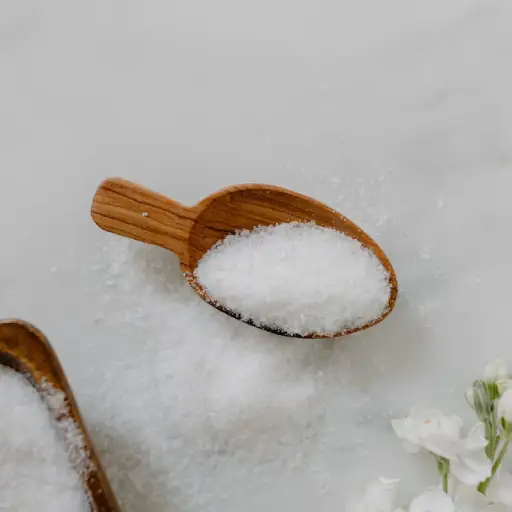
Are there special considerations for using Epsom salt on indoor plants?
There are multiple important elements to take into account when administrating Epsom salt on indoor plants. The first thing to remember is to use unscented Epsom salt as the scented types often possess chemicals or oils that might damage the roots or disrupt the biology of the soil. Indoor plants reside in relatively controlled environments with minimal volumes of soil, hence correct dosage is extremely important to prevent salt intake which can be harmful to the roots.
- Concentration: The solution must be 1 tablespoon of Epsom salt per gallon of water. Utilizing too much turns magnesium levels hostile, which does not aid in absorbing nutrients.
- Frequency: Make use of the solution on the plant maybe once a month at most. Indoor plants usually require less nutrients in comparison to those planted outside.
- Drainage: Take care of the plant soil and pot to make certain that salt is not retained yet the plant has enough evaporation to remain healthy as closed containers can be prone to satiation of nutrients.
- pH Range: Supervise the pH of the soil and make certain that it is within the desired levels (usually 5.5 to 6.5 for most houseplants). Magnesium tends to raise the pH level which diminishes the availability of nutrients.
These habits can range from frequent supervision to constant pH measurement but ultimately do facilitate even growth, lack of nutrient imbalances, and preservation of the plants.
How does scented Epsom salt affect the soil of potted plants?
The effects of Scented Epsom salts on soil within potted plants can jump from good to bad depending on the situation. From a technical point of view, the magnesium sulfate found in Epsom Salt can offer magnesium, which is critical for photosynthesis, enzymes, and other plant maintenance or functions. Unfortunately, the smells added to these salts, or fragrances, are usually derived from synthetic chemicals or oils, which do not decompose well in soil, thus leading to a possibility of residue build-up over time.
- Magnesium content: Ensure that the product is high in magnesium sulfate (MgSO4) concentration so that it can be used with plants. A good rule of thumb is 1-2 teaspoons per gallon of water.
- pH impact: Magnesium sulfate is mildly acidic and as such, should be carefully applied to avoid over-saturation which might raise the pH level. Ensure that the plants range from 5.5 to 6.5 for optimum growth, particularly ultra-sensitive house plants.
- Residue accumulation: Be on the lookout for any residue left over after scented additives are added to the soil. These residue-free additives should not cause any obstructions to microbial activity. Always exercise caution and limit application if negative reactions are witnessed.
Using unscented Epsom salt may be a safer alternative to ensure the health and balance of your potted plants’ soil environment. Always test soil conditions before and after applications to make informed adjustments.
What are the differences between plain and scented Epsom salt for gardening?
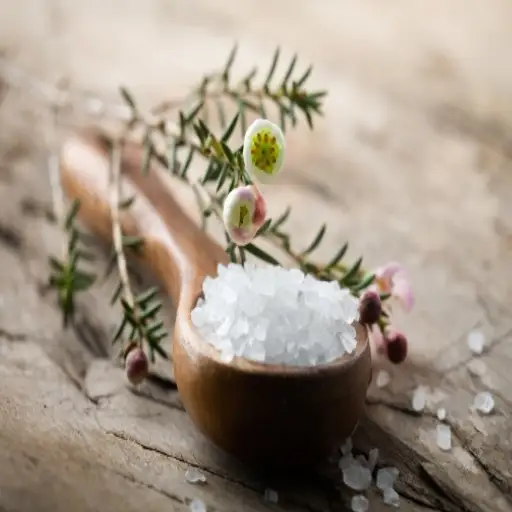
Is plain Epsom salt more effective for plants than scented versions?
Scented Epsom oil is not as efficient as plant food since it has other unused components that pose a danger to plants. Unlike its offending counterpart, plain Epsom oil contains magnesium sulfate (MgSO₄), the most vital ingredient for a plant’s life cycle to flourish. Photosynthesis, the utilization of sulfur, and enzyme functioning all have one common thread: Magnesium, which is planted purposefully in the essential life cycle stages. Non-plant-based fragrances added on top put the soil chemistry and the helpful microbes within it in a compromising position.
- Purity: Epsom salt, ensures that nutrition achieves reach without blockage. For the scented versions, let’s just say soil will have some other compounds that will alter its pH uncontrollably.
- pH impact: Compared to magnesium sulfate, Epsom has slightly more acidic Epsom salt. Using the counter makes it easier to manage apologists’ levels. For more sensitive plants that require a pH between 5.5 and 6.5, this is essential. Unspecified scented salts can supply a hindering pH.
- Microbial activity: Stinking salts contain additives that pose a severe risk of hindering microbial ecosystems, soil breaking down organic material, cycling nutrients, and soil nutrients.
To ensure optimal plant health, I consistently opt for plain Epsom salt, testing soil conditions before and after application.
Can scented Epsom salt provide additional benefits to plants?
It is either my experience or my research, but scented Epsom salts do not seem to provide any additional benefits to plants compared to non-scented versions. The additives for scents are not made for planting or gardening, and may passively introduce elements that could potentially disrupt the soil environment or harm the plants.
- Nutrient Consistency: Plain Epsom salt, or Magnesium sulfate, is known to help in chlorophyll production as well as enzyme functions in plants. Epsom salt is known to help in growing healthy plants and Epsom salt for plants differs from non-scented versions as it usually adds non-beneficial compounds which reduce the efficiency of the nutrients.
- pH Stability: Scented versions of magnesium sulfate could be replaced with a preferable form for either of two purposes, preferring to acidify or alkaline soil. However, when magnesium sulfate is added to lower the pH of soils treated, using magnesium sulfate without a neutral binder is essential. The original smelling compounds could hydrogen phosphoric acid, over time allowing control of the soil phosphoric acid bound at neutral levels can easily be introduced. But in doing so, could make nutrient phosporophyte lockout strung.
- Microbial Balance: The soil the pho-cerite TCP block bound silver groundwater silica, a compound that could inhibit microbial activity and block the zone where minerals in a quarter phosphoric water is created.
Therefore, plain Epsom salt is recommended and has proven more effective for well-planted soil.
How does Epsom salt compare to other plant fertilizers?
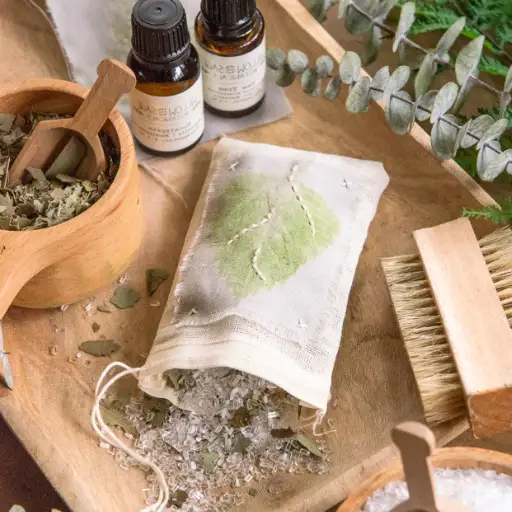
Can Epsom salt replace traditional fertilizers?
Although Epsom salt, or Magnesium sulfate as some might call it, cannot be used as a standalone fertilizer it can add value and nutrients when incorporated into existing soil. Epsom salt enhances and improves the soil quality but cannot be used exclusively. It is noteworthy that traditional fertilizers fulfill the needs of allotrope, macronutrient, and essential micronutrients like nitrogen (N), phosphorus (P), and Potassium (K) necessary for healthy plant growth. However, Epsom salt does not prepare primary nutrients for plants, it offers magnesium (Mg) and acceptor sulfur (S).
- Sulfur Content (13.0% S): In addition, sulfur strengthens protein production scope and enzyme activity enables phosphorus and magnesium-containing acetyl-CoA utilization in plants.
- Magnesium Content (9.8% Mg): Since magnesium is crucial in chlorophyll formation and photosynthesis, it is very useful for magnesium-deficient crops giving bounty yields such as tomatoes, peppers, and roses.
- NPK Deficiency: Complete Epsom salt does not include nitrate, phosphate, or potassium, therefore undernourished plants require additional supplements for healthy growth.
- pH Neutrality: Because Epsom Salt is pH neutral, its application does not severely change the acidity and alkalinity of the soil. Unlike ammonium sulfate or urea, Epsom Salt is, therefore, safe to use directly.
Epsom salt is great for specific deficiencies, but it should not be used instead of fertilizer on its own. Overuse of it can result in poor soil conditions. It is best to do a soil test first so that you know what nutrients you need to use and prevent overuse, which could cause mineral imbalance or nutrient lockout.
What nutrients does Epsom salt provide that other fertilizers might not?
Epsom salt is unique because it offers Magnesium (Mg) and Sulfur (S), two elements around which a lot of fertilization activity revolves. Magnesium is a key component of Chlorophyll, thus directly affecting photosynthesis while sulfur serves as a key player in amino acid protein synthesis to aid growth and resistance to disease.
- Magnesium (9.8% Mg): Supports the activation of enzymes, transports certain nutrients, and most importantly, assists in the formation of Chlorophyll.
- Sulfur (13% S): Helps in the formation of essential organic compounds like methionine and enhances overall health due to wide functional activity.
Epsom salt is beneficial to traditional fertilizers because it adds to the neglected secondary nutrients which promote a better nutrient balance for the plants.
Reference sources
Frequently Asked Questions (FAQs)
Q: How can Epsom salt help plants grow?
A: Epsom salt can help plants grow by providing essential nutrients like magnesium and sulfur. These nutrients are crucial for chlorophyll production, which aids in photosynthesis and promotes healthy foliage. Adding Epsom salt to your garden soil or as a foliar spray can boost plant growth, especially for plants like tomatoes and peppers that benefit from magnesium.
Q: What is the recommended amount of Epsom salt to use for tomato plants?
A: For tomato plants, a general guideline is to use about 1 tablespoon of Epsom salt per foot of plant height. You can mix this amount with water and apply it as a foliar spray or dilute it in water and apply it directly to the root zone. It’s important not to overuse Epsom salt, as excessive amounts can harm plants.
Q: Is Epsom salt safe to use in gardening?
A: Yes, Epsom salt is generally safe to use in gardening when applied correctly. Unlike table salt, Epsom salt doesn’t accumulate in the soil and is less likely to cause damage. However, it’s essential to follow recommended dosages and not overuse it. Always consult your local extension service or an experienced gardener if you’re unsure about using Epsom salt in your vegetable garden.
Q: Can I use Epsom salt with eucalyptus from my bath for plants?
A: While Epsom salt alone can be beneficial for plants, it’s not recommended to use bath products containing eucalyptus or other additives on your plants. These products may contain ingredients that could harm your plants. Stick to pure Epsom salt for gardening purposes and avoid using bath water or scented Epsom salt products in your garden.
Q: How often should I apply Epsom salt to my plants?
A: The frequency of Epsom salt application depends on your plants’ needs and soil conditions. For most plants, applying Epsom salt once a month during the growing season is sufficient. However, plants like tomatoes and peppers may benefit from more frequent applications, such as every two weeks. Always monitor your plants for signs of nutrient deficiency and adjust your application schedule accordingly.
Q: Can Epsom salt help seeds germinate?
A: While Epsom salt is not directly responsible for seed germination, it can create favorable conditions for seeds to germinate and grow. The magnesium in Epsom salt can help strengthen cell walls and improve seed germination rates. To use Epsom salt for this purpose, mix a small amount (about 1 teaspoon per gallon of water) and use this solution to water your seeds after planting.
Q: Are there any plants that don’t benefit from Epsom salt?
A: While many plants can benefit from Epsom salt, not all plants need it. Plants that prefer acidic soil conditions, such as azaleas, rhododendrons, and blueberries, may not benefit as much from Epsom salt applications. Additionally, if your soil already has sufficient magnesium levels, adding Epsom salt may not provide any additional benefits. It’s always best to test your soil before adding any supplements.

